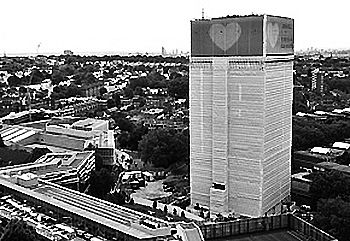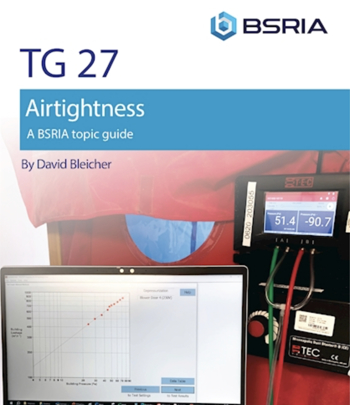HZMB Hong Kong Port
In October 2018, the world's longest sea-crossing bridge officially opened to the public.
The Hong Kong-Zhuhai-Macao Bridge (HZMB) connects Hong Zong to Macau and the mainland Chinese city of Zhuhai, spanning 34 miles (55 km). Costing approximately £15.3bn, the bridge is designed to withstand earthquakes and typhoons and includes 400,000 tonnes of steel.
Roughly 30 km of the bridge crosses the sea of the Pearl River delta, with a 6.7 km section in the middle that dips down into an undersea tunnel that runs between two artificial islands, so that ships can pass through.
Designed by Rogers Stirk Harbour + Partners (RSHP) with Aedas, the HZMB Hong Kong Port is the entry point into Hong Kong from the bridge, which has a strategic purpose to facilitate greater integration between cities around the Pearl River Delta.
The port is located on one of the artificial islands, approximately 150 hectares reclaimed from the open waters, and will serve as a transportation hub. It will also provide clearance facilities for goods and passengers using the bridge, incorporating accommodation for frontline department staff such as the Immigration Department and the Hong Kong Customs and Excise Department in the main Passenger Clearance Building (PCB) and 50 ancillary buildings.
The PCB receives passengers needing to clear Immigration and Customs arriving from Macau and Zhuhai at the lower level with Hong Kong departing passengers at the upper level. The clear, simple circulation is reinforced by the directional linearity of the wave roof form which enhances legibility and way-finding.
The movement through the building is punctuated by full height 'canyons' allowing the penetration of natural daylight to all levels of the building and ensuring a visual connection to the linear roof form to further reinforce the clarity of way-finding. The elegant modular roof form lent itself to off-site pre-fabrication, which enabled an efficient construction process and a very high level of quality.
This article was originally published here on 24 Oct 2018 by RSHP.
--RSHP
[edit] Related articles on Designing Buildings Wiki
Featured articles and news
The UK's Modern Industrial Strategy: A 10 year plan
Previous consultation criticism, current key elements and general support with some persisting reservations.
Building Safety Regulator reforms
New roles, new staff and a new fast track service pave the way for a single construction regulator.
Architectural Technologist CPDs and Communications
CIAT CPD… and how you can do it!
Cooling centres and cool spaces
Managing extreme heat in cities by directing the public to places for heat stress relief and water sources.
Winter gardens: A brief history and warm variations
Extending the season with glass in different forms and terms.
Restoring Great Yarmouth's Winter Gardens
Transforming one of the least sustainable constructions imaginable.
Construction Skills Mission Board launch sector drive
Newly formed government and industry collaboration set strategy for recruiting an additional 100,000 construction workers a year.
New Architects Code comes into effect in September 2025
ARB Architects Code of Conduct and Practice available with ongoing consultation regarding guidance.
Welsh Skills Body (Medr) launches ambitious plan
The new skills body brings together funding and regulation of tertiary education and research for the devolved nation.
Paul Gandy FCIOB announced as next CIOB President
Former Tilbury Douglas CEO takes helm.
UK Infrastructure: A 10 Year Strategy. In brief with reactions
With the National Infrastructure and Service Transformation Authority (NISTA).
Ebenezer Howard: inventor of the garden city. Book review.
The Grenfell Tower fire, eight years on
A time to pause and reflect as Dubai tower block fire reported just before anniversary.
Airtightness Topic Guide BSRIA TG 27/2025
Explaining the basics of airtightness, what it is, why it's important, when it's required and how it's carried out.
Construction contract awards hit lowest point of 2025
Plummeting for second consecutive month, intensifying concerns for housing and infrastructure goals.
Understanding Mental Health in the Built Environment 2025
Examining the state of mental health in construction, shedding light on levels of stress, anxiety and depression.

























